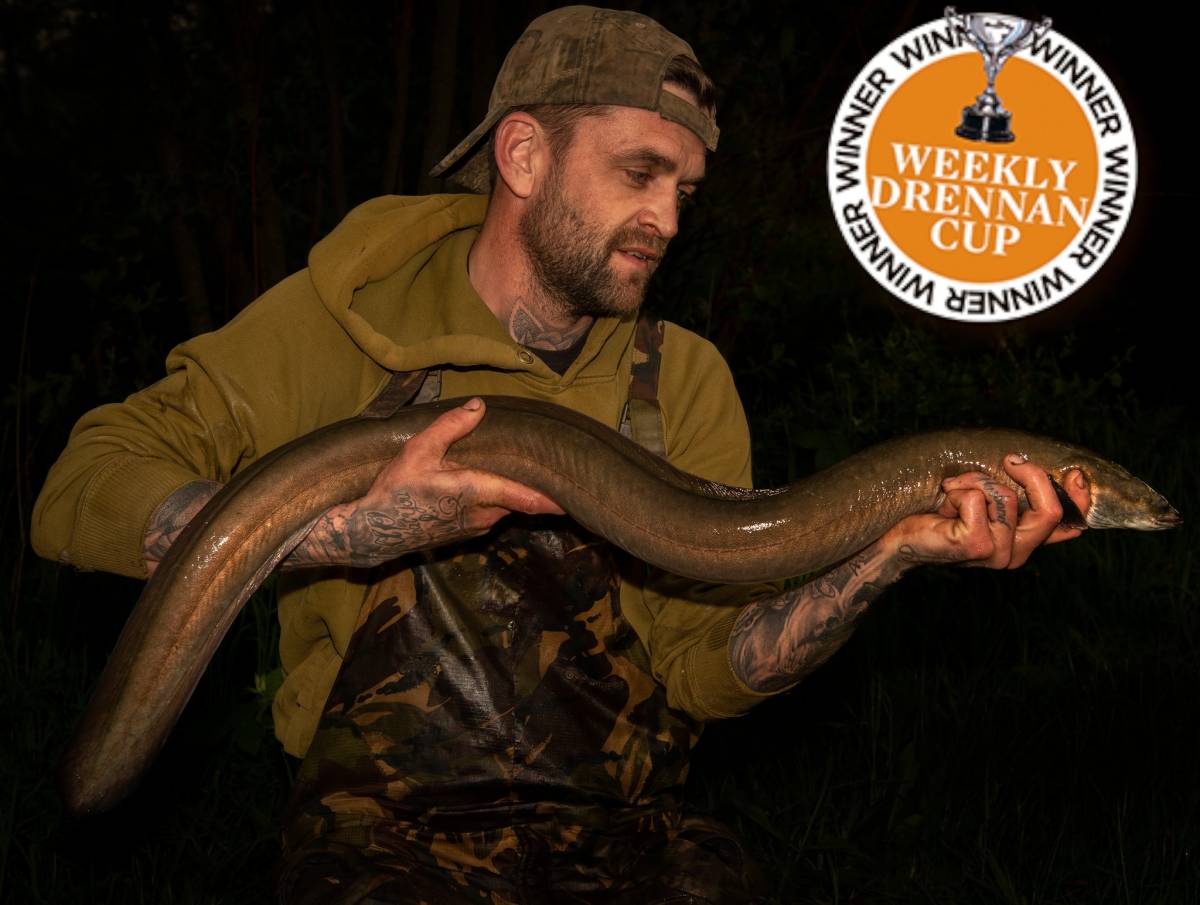
Knowing I needed to make a change, I set up a float on a spare rod I had in the van. I must stress that a standard light float rod has no place when targeting big eels – you need something with plenty of power, so used my usual stout eel rod. I paired it with 15lb mainline and rigged a waggler above a short wire trace, onto which I mount a short section of solid tubing – ‘twig-rig’-style, and a size four hook. This lake is about 6ft deep further out, and the margins are around 3ft, so I set the somewhere between 18-24”, which would present my bait up in the water.
I always fish off bottom for eels, with the well-known Dyson rig my usual favourite. My view is that an eel hunting at night is relying pretty much purely on its sense of smell and will wait in a spot on the bottom with their heads up, waiting for a whiff of food. With a bait suspended up in the water column, the scent trail goes a lot further, and an eel will therefore pick it up sooner. I believe they naturally feed on the surface for things like dead fish and spend a lot more time off bottom than people realise.
With the species famously night feeders, I banded a luminous starlight onto the top of the waggler, and have to say, it led to some of the most exciting fishing you can imagine. It’s hard to put into words the feeling of being sat in the dark on a still, quiet night, watching the starlight just bobbing around whilst everyone else sleeps in their bivvies. I loaded the hook with pieces of chopped worm and started off by searching all over the place, but kept flicking odd bits of bait by the willow to my right.
The swim I fished was in a quiet, sheltered corner of the lake, so I could let the float drift gently towards the tree. I was sat back watching when, out of nowhere, the little light buried into the blackness. I struck instantly and in a split second the calm night exploded as a big, angry eel ploughed into the bank through the tree roots. Adrenaline took over as I hung on for dear life. If I slipped or gave the fish an inch it was game over, but after a few minutes of pulling hard as I dared, I eventually eased it free. Once in open water I had the upper hand, and the angry beast lay in the net.
It weighed 6lb 3oz and is a fish I’m absolutely buzzing with. Watching a starlight in the dead of night sums up everything eel fishing is about for me; it’s perhaps a little mad, but there’s nothing quite like it.”
Well done Justin!
